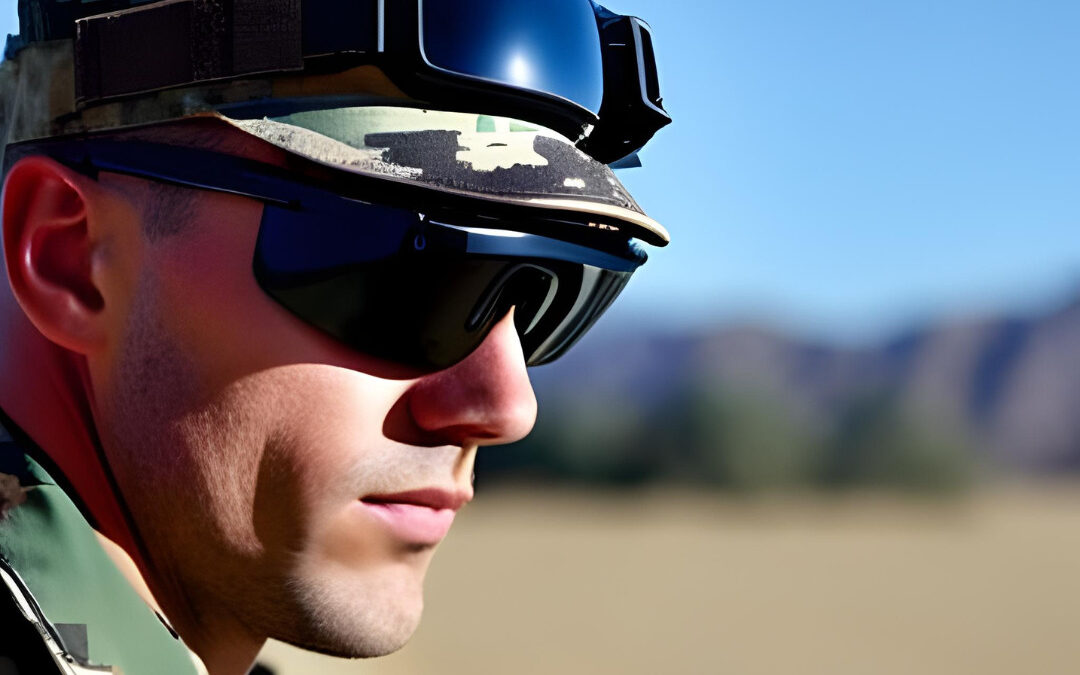The technology of augmented reality, once reserved for the realms of entertainment and cinema, is now finding much more serious applications within the military. Hollywood experts such as Jayse Hansen, renowned for his work on blockbuster films like Avengers, Star Wars, and Top Gun: Maverick, are collaborating with armed forces to develop interfaces based on holographic systems. The goal is to enable soldiers to use augmented reality for three-dimensional interaction with their vehicles, thereby enhancing their user experience on the battlefield.
Genesis
The partnership between Hollywood and the U.S. military began in 2013, when the military became interested in optimizing human performance in war zones. Advancements like meditation sessions were experimented with to improve soldiers’ concentration and memory, but it was with the introduction of augmented reality helmets that the results truly became spectacular. Performance reportedly increased by up to 60% through the three-dimensional display of information, making it easier for the human brain to assimilate.
Features
However, augmented reality isn’t solely advantageous for soldiers; it also modernizes military vehicles. In situations where dashboard space is limited, augmented reality can render controls virtually, offering improved ergonomics and unprecedented flexibility. This technology allows for the layout of controls to be optimized to perfectly suit the drivers’ needs.
Other industry applications
The success of augmented reality in the military has also piqued the interest of the automotive industry. Brands like BMW and Volvo have begun experimenting with augmented reality to provide drivers with an enhanced and secure driving experience. The aim is to allow drivers to visualize road signs, obstacles, and hazards through augmented reality, providing a 360-degree visibility without blind spots.
The 21st century will likely be characterized by risk anticipation, optimal safety, and augmented reality that significantly enhances our interaction with the surrounding world.
Conclusion
In conclusion, augmented reality is revolutionizing the military by enhancing soldiers’ performance on the field and modernizing military vehicles. Through the collaboration between Hollywood experts and the armed forces, this technology is experiencing remarkable growth. Moreover, its success has inspired other industries, including the automotive sector, to explore new possibilities for offering an advanced and secure user experience. With augmented reality already shaping our world, it’s exciting to imagine the possibilities it will unlock in the future.


